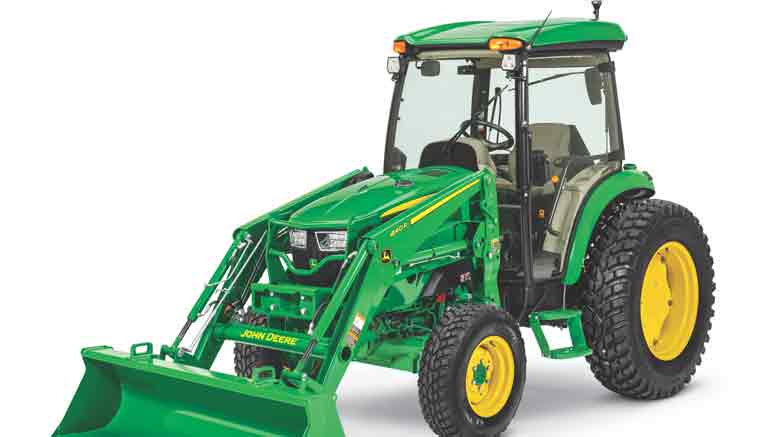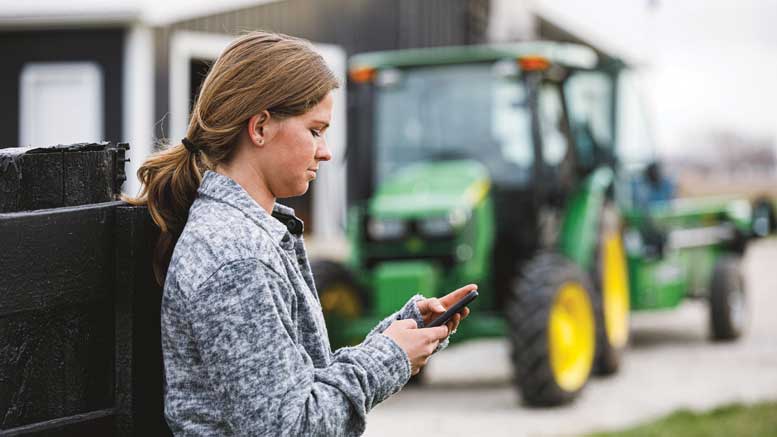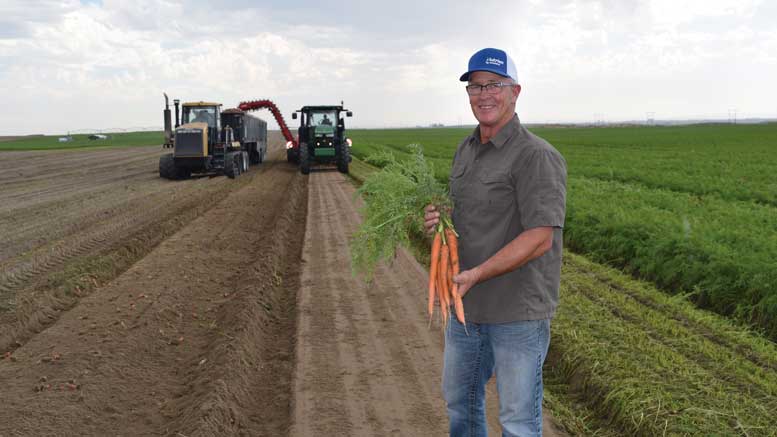John Deere Debuts New 4075R Compact Utility Tractor and MY2024 Upgrades for 3R- and 4-Series Models
John Deere introduces the new 4075R Compact Utility Tractor for MY24.Building on machine durability and versatility, select 4R models and 4M heavy-duty models have been…










